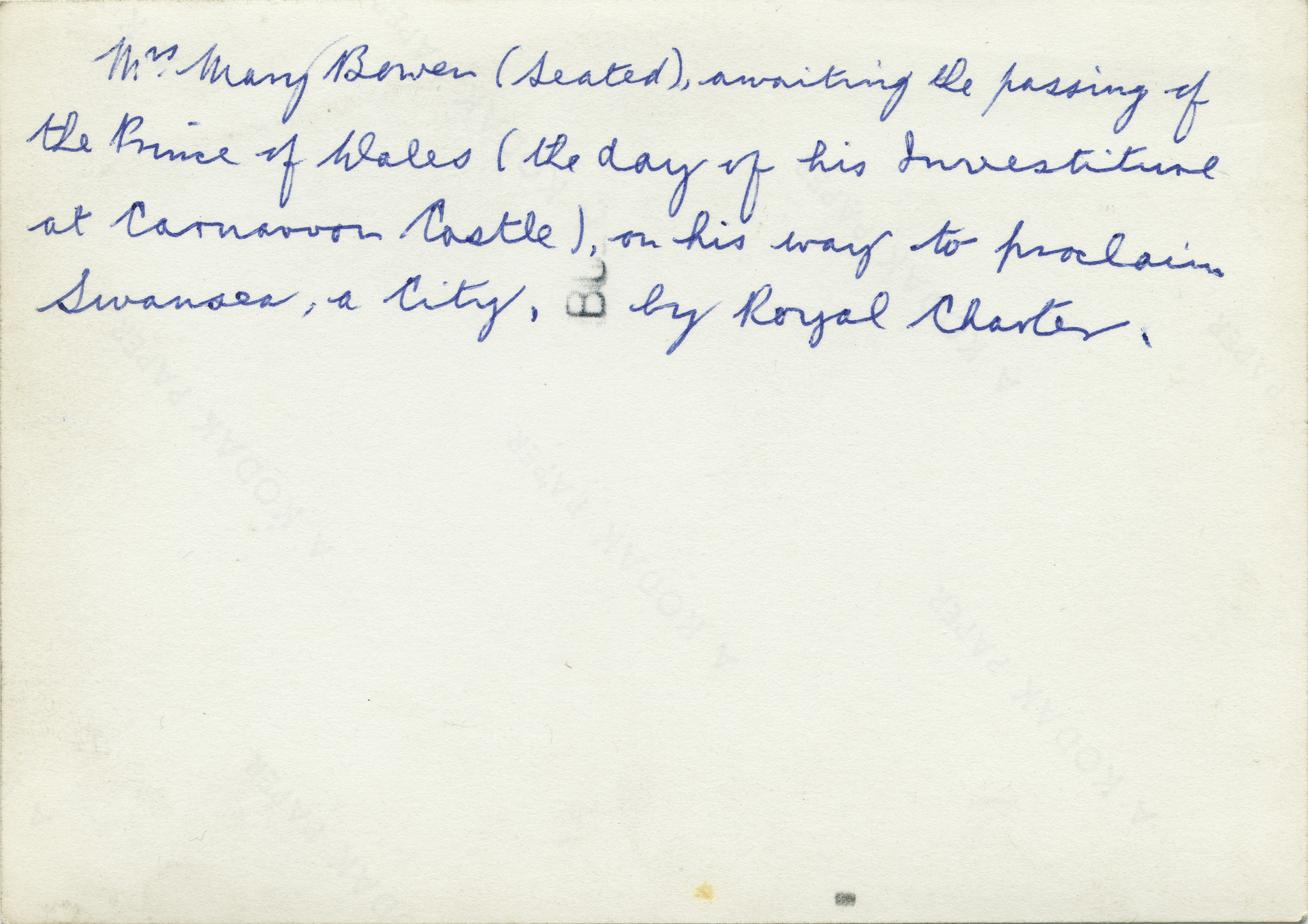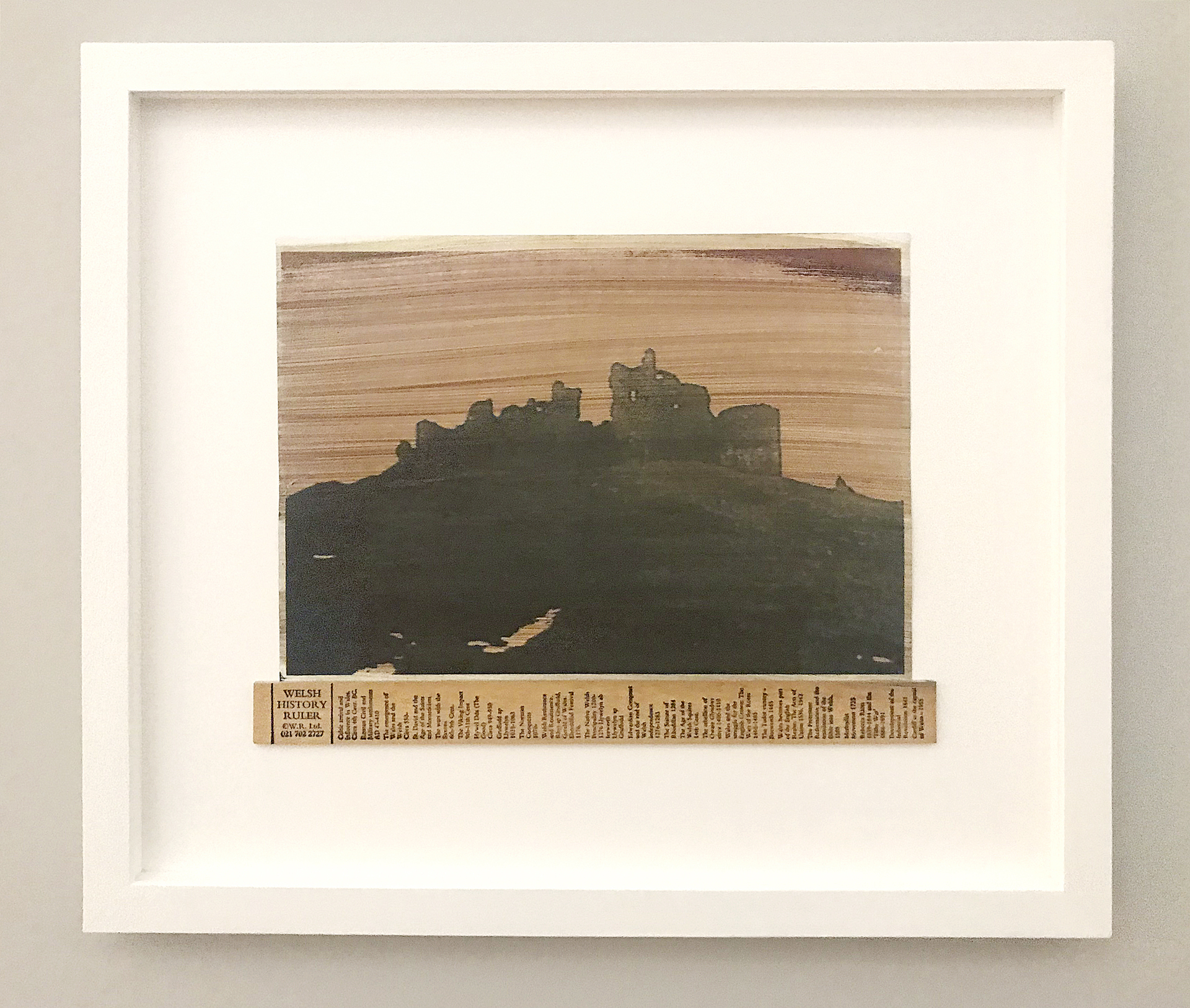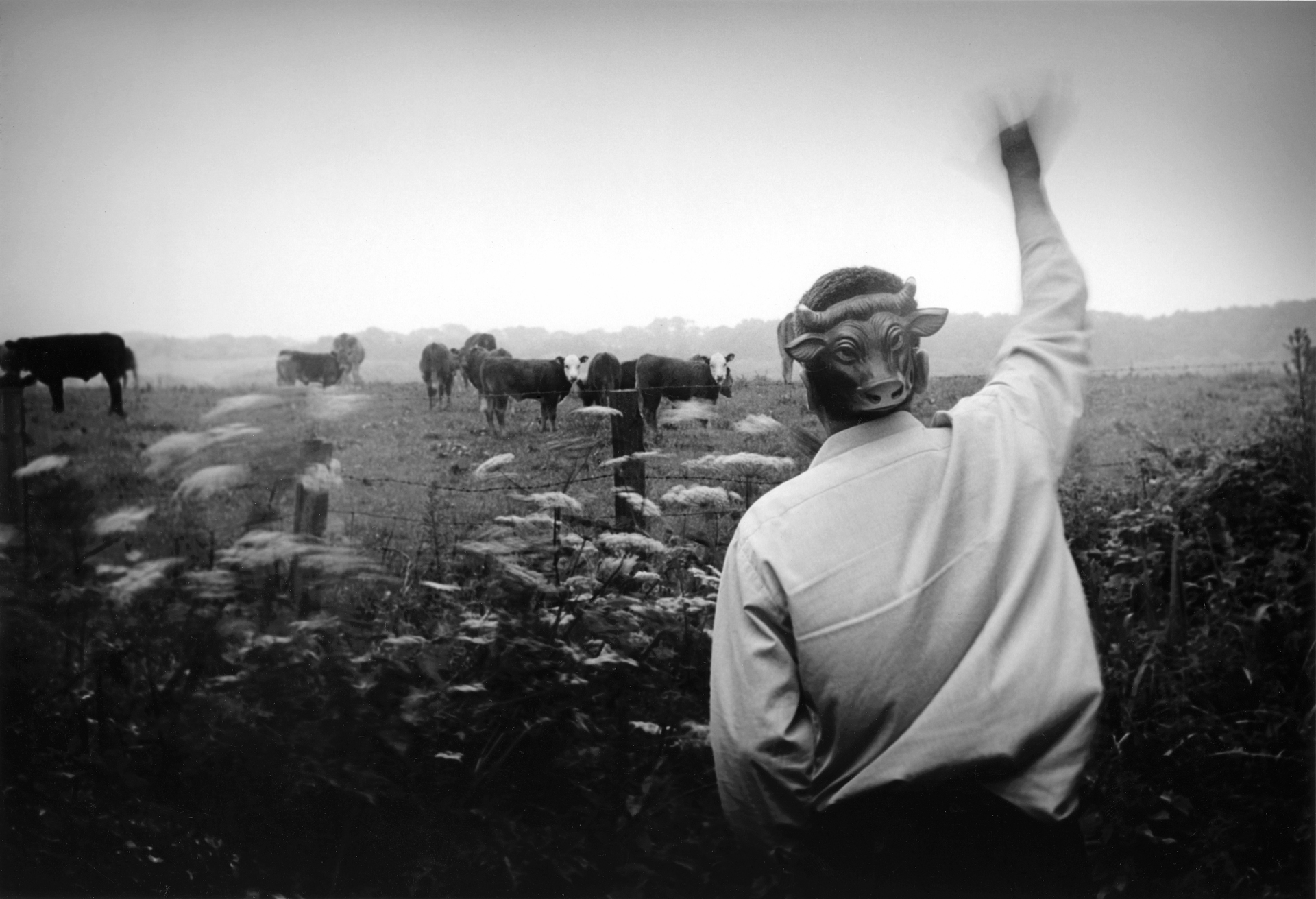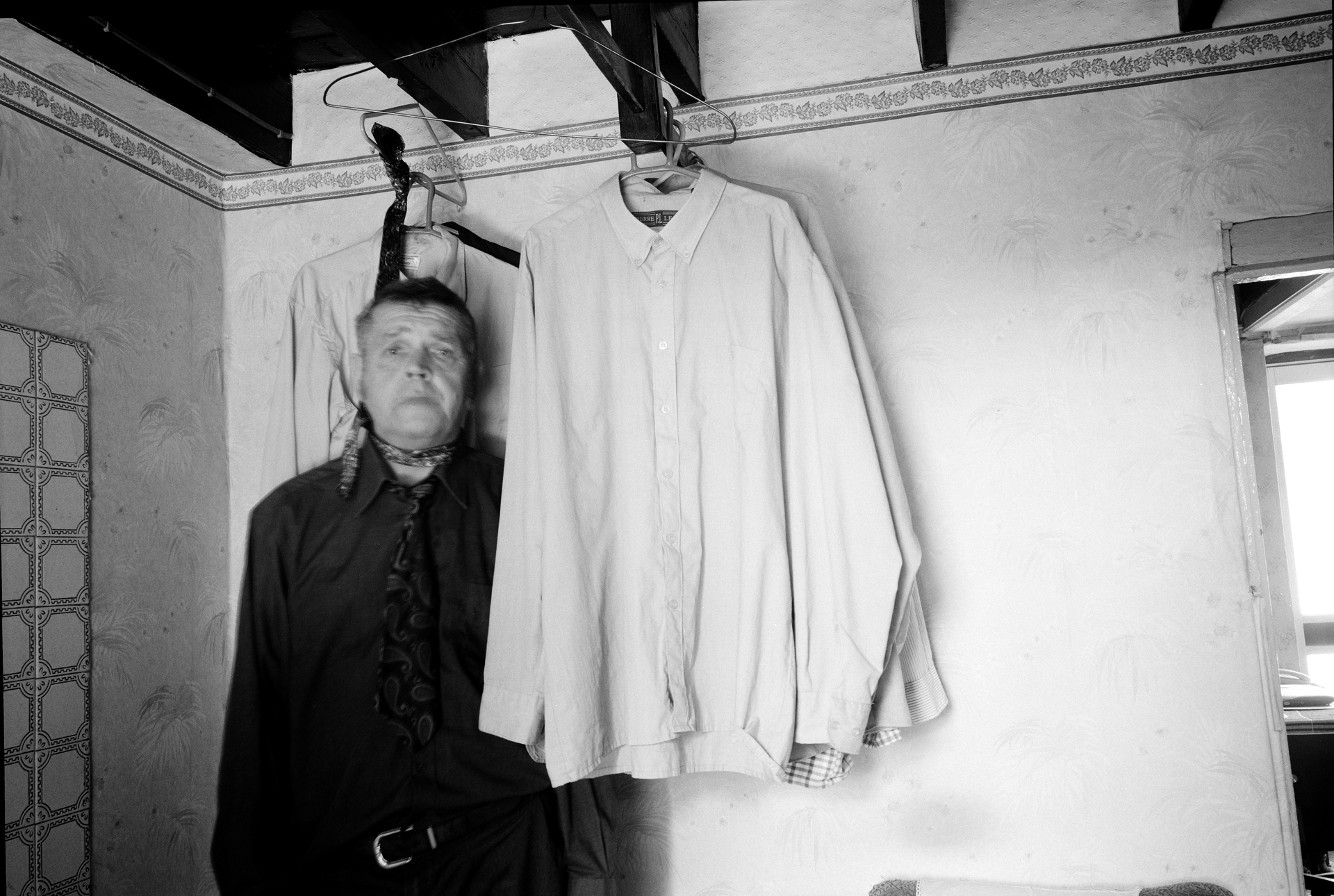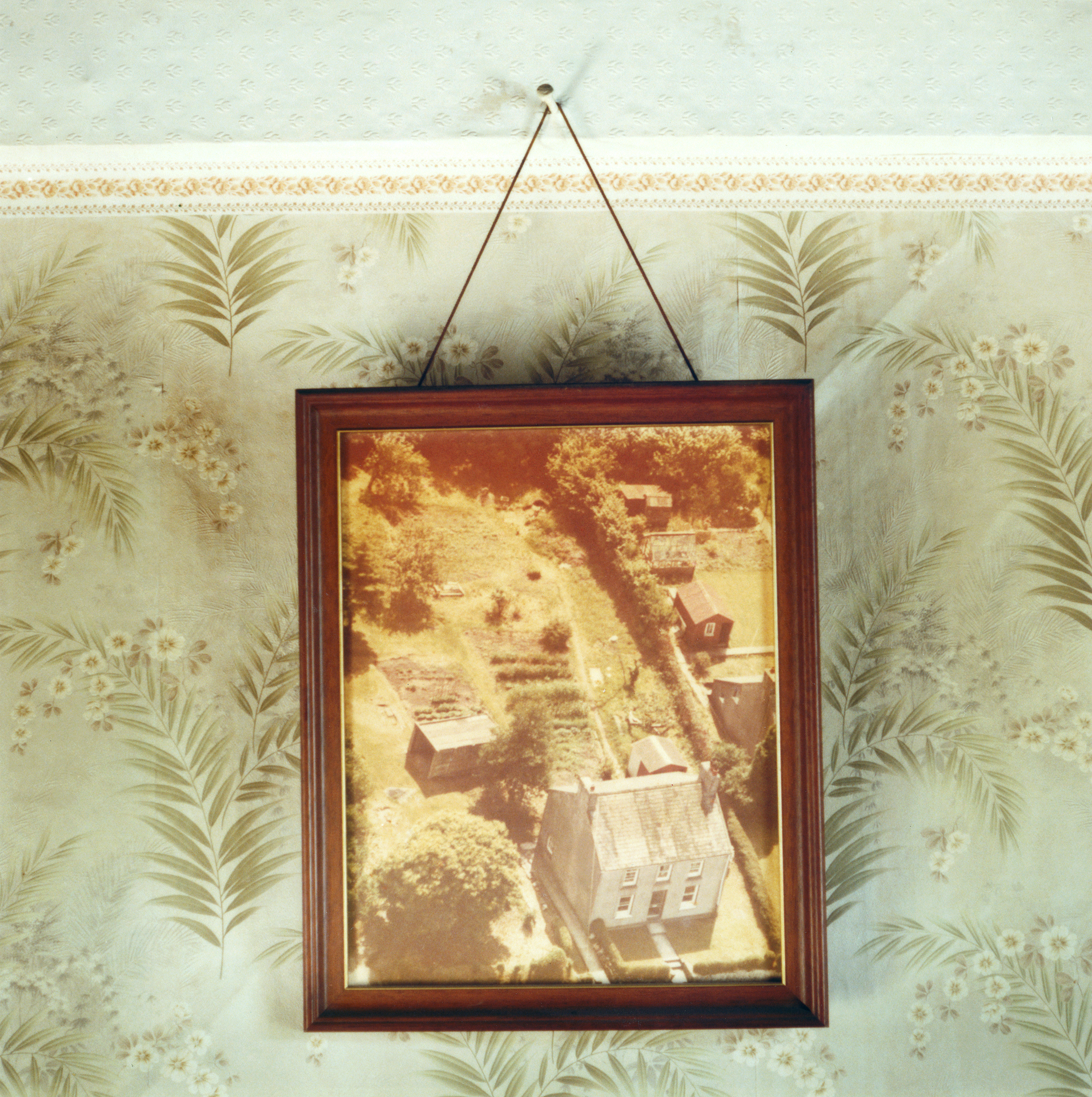Gwendraeth House is the umbrella title of an on-going 30-year long photographic project that pictures my family home. Here, the house becomes both a conscious and unconscious link to a wider cultural, universal, primordial and artistic inheritance. Within the charged setting of the flux of generational memory, this environment is embedded with latent Images waiting to be uncovered, made visible and given concrete artistic form. The house, its interiors and the natural inhabitants of the garden become a constellation of artistic possibilities. The domestic as axis mundi, a dreaming centre to divine and survey the spaces between darkness and stars.
This is a slow, distilled and durational project that allows themes and subjects to grow in an unselfconscious and organic manner. Distinct chapters of work have evolved over this time, including:
Inheritance
“Questions of identity have been subject of unabated concern for artists over the last decade, and the camera has been turned inward, inspecting and analysing. Finnemore takes an unusual and considered approach to addressing issues around Identity in Inheritance. His existence is central to the work but he is absent as a visible subject. The artist becomes a conduit, through which scenes are documented and impressions recorded. The focus of the work does not indicate a single point of view, but something more general and timeless. It is as though these impressions are not observed by him but are part of a shared process.
Part of the charm of this work is that his subjects are never obvious, they have obviously personal connections, but they are unexplained. The work may be grounded in Finnemore’s sense of Welsh identity but any references to Welsh culture are, to say the least oblique “.
Street Level Photography Gallery exhibition notes 1993
WATCH - Incantation Video (Duration 2’ 51’’min), 2004
“Questions of identity have been subject of unabated concern for artists over the last decade, and the camera has been turned inward, inspecting and analysing. Finnemore takes an unusual and considered approach to addressing issues around Identity in Inheritance. His existence is central to the work but he is absent as a visible subject. The artist becomes a conduit, through which scenes are documented and impressions recorded. The focus of the work does not indicate a single point of view, but something more general and timeless. It is as though these impressions are not observed by him but are part of a shared process.
Part of the charm of this work is that his subjects are never obvious, they have obviously personal connections, but they are unexplained. The work may be grounded in Finnemore’s sense of Welsh identity but any references to Welsh culture are, to say the least oblique “.
Street Level Photography Gallery exhibition notes 1993
WATCH - Incantation Video (Duration 2’ 51’’min), 2004






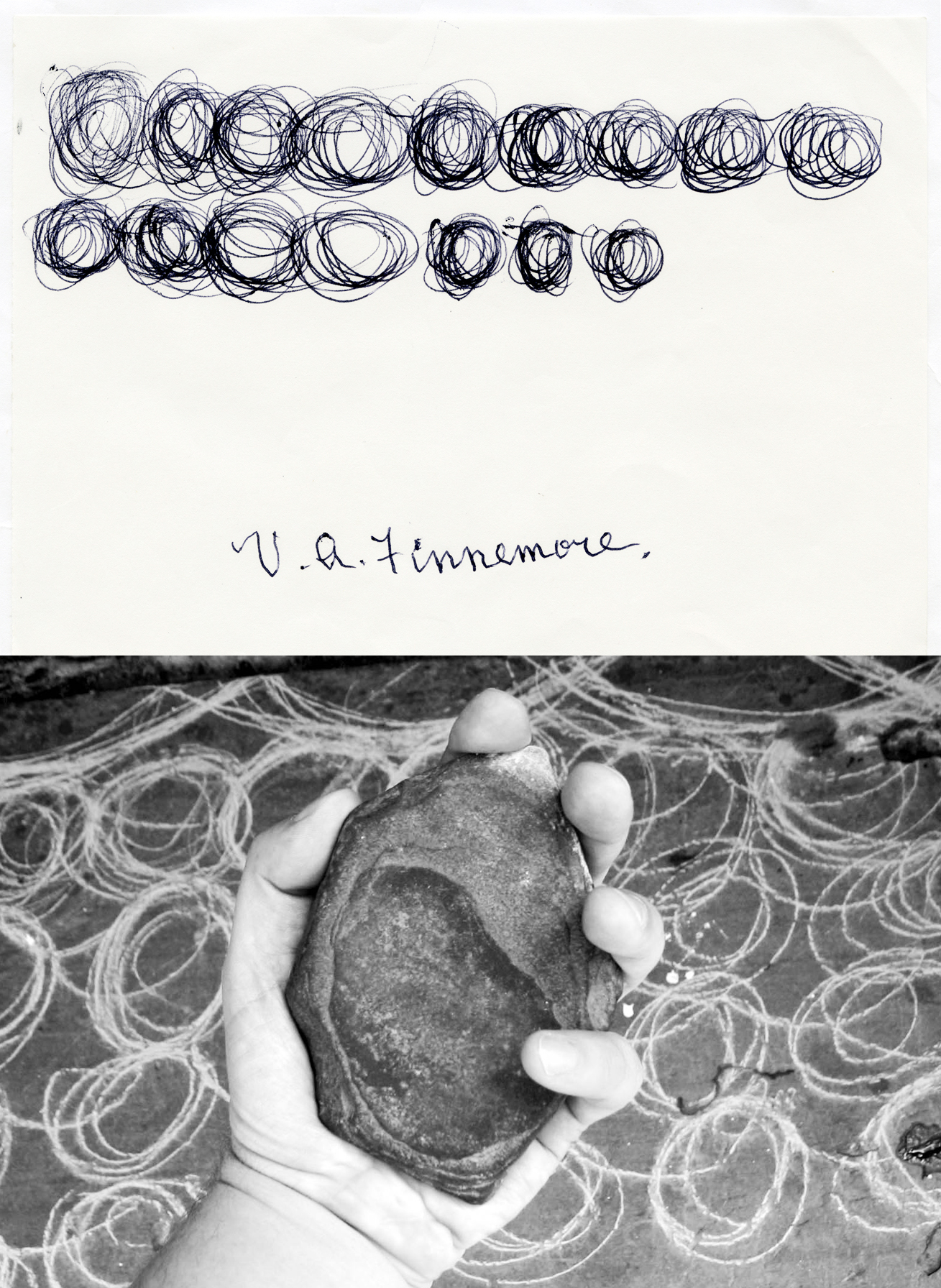
















Finnemore’s
Wake is an existential poetic meditation and personal immersion on the themes
of beauty, death, loss, suffering, redemption and resurrection. The title is
derived from James Joyce’s novel Finnegans
Wake, a book containing a narrative of epic and ambitious themes written in
dreamlike language. Similarly to Joyce, I am interested in blurring the
distinction between reality and dream, fact and fiction, myth and history. I
find the photographic medium through its conceptual raw materials of – space,
time and light, ideal ingredients for a personal exploration of alchemy. Where,
through a conceptual and imaginative use of photography, I am able to transform
everyday reality into poetic gold.
WATCH TV - News feature ‘State of the Art’ profile on Peter Finnemore, 1997
WATCH TV - News feature ‘State of the Art’ profile on Peter Finnemore, 1997
Gwendraeth House
Gwendraeth Fawr River, Gwendraeth Valley, Gwendraeth Colliery
Gwendraeth Valley Canal, Gwendraeth Arms, Gwendraeth House
Place names often originate from actual physical descriptions of the land and environment. Although the white sands on the banks of the Gwendraeth Fawr River, from which the area derived its name has long since disappeared, the name is continued. Its common usage unites and gives identity to the land and its people. They are inter twined, their history and fortunes are shared experiences. These photographs are taken in a specific location - Gwendraeth House, and explore a range of notions on the theme of home. These include - the physical home place as a phenomenological entity, home as an expression and container of culture and history, Wales as home, house and garden as axis mundi, the house as a dreaming centre, the house as illusion of stability, the body as home to the spirit, of hiraeth / homesickness, home as a spiritual center.
Gwendraeth House becomes a meditative focal point to consider these issues. It is an arena and setting where these forces collide, intersect and synthesise in a distinct place, with its individual lives; of people, animals, cats, birds, trees, plants, amongst nature, culture and the elements.
WATCH - High Performance TV feature on Gwendraeth House exhibition and interview, 2000


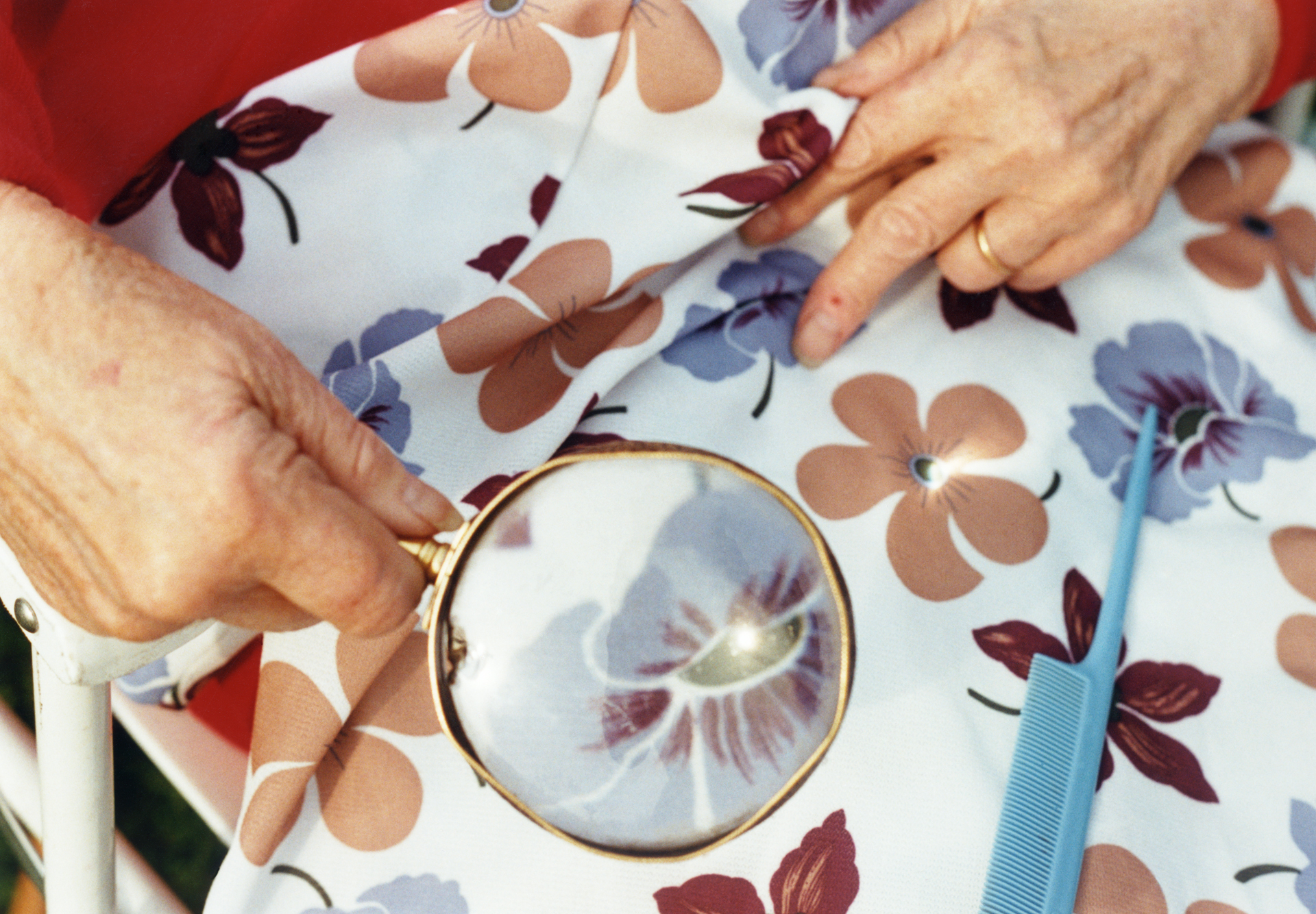







Pollen Path
In the book Six Memos for the Millennium, the author Italo Calvino dedicated a whole chapter to the indispensible qualities of lightness as an essential tool for artists and as a way of living. In that spirit of air and lightness, these lyrical, poetical images are for the eyes and heart, of being and thoughtfulness.
The subject of The Pollen Path is a portrayal of dynamic life force. Pollen is the essence of life. The path is a journey towards transformation of consciousness through acceptance and immersion in beauty. Beauty, mystery, space and light in art have qualities of redemption, a means of acceptance and reconciliation between self, world and the order of nature. A possible key to open an experience of elevated existence with the heightening of awareness and perception. This work is directly
inspired by the Navajo prayer The Pollen Path.
Zen Gardener
Flying under the radar… the garden becomes a site of interconnectedness, a microcosm of a larger world, where issues of borders, homeland and cultural margins and politics are explored. Predominant within these photographs and films is a military figure dressed in ill-fitting army camouflage clothing. The uniform is a mask of symbolic authority and is deflated of the power of machismo. I am also interested in ideas of cultural camouflage and how "blending in" becomes a survival technique. An outward mask to move around unnoticed. This militaristic motif also becomes a contemporary extension of the pagan/Celtic myth of the Green Man- a ritual figure made out of tree branches, foliage, plants, flowers. My guerrilla gardener film character fuses both nature and culture. He is an amalgam of different archetypes. A light and shadow figure; benign, comic, sinister, a poet, holy fool and bum, a shaman, foot soldier, rebel, guerrilla, and survivalist.
The inspiration for this combative figure is Charlie Chaplin, character in theThe Great Dictator. A duel role of - Adenoid Hynkel (a Hitler like figure) and an unnamed (an everyman) comic Jewish barber. In this movie, Chaplin as actor, writer and director utilises comedy, tragedy and pathos to confront and warn the world of oncoming dangers of fascism in 1940’s. Chaplin's mirror protagonists share the same uniform but use it to very different ends. They are characters on two sides of the same coin. Chaplin's use of laughter and humour becomes a subversive force, which reconciles opposites. Comedy and tragedy become interchangeable. Humour is intelligence, it allows insight and redemption.
WATCH - Zen Gardener, TV feature (Welsh language), Y Sioe Gelf, 2005
Flying under the radar… the garden becomes a site of interconnectedness, a microcosm of a larger world, where issues of borders, homeland and cultural margins and politics are explored. Predominant within these photographs and films is a military figure dressed in ill-fitting army camouflage clothing. The uniform is a mask of symbolic authority and is deflated of the power of machismo. I am also interested in ideas of cultural camouflage and how "blending in" becomes a survival technique. An outward mask to move around unnoticed. This militaristic motif also becomes a contemporary extension of the pagan/Celtic myth of the Green Man- a ritual figure made out of tree branches, foliage, plants, flowers. My guerrilla gardener film character fuses both nature and culture. He is an amalgam of different archetypes. A light and shadow figure; benign, comic, sinister, a poet, holy fool and bum, a shaman, foot soldier, rebel, guerrilla, and survivalist.
The inspiration for this combative figure is Charlie Chaplin, character in theThe Great Dictator. A duel role of - Adenoid Hynkel (a Hitler like figure) and an unnamed (an everyman) comic Jewish barber. In this movie, Chaplin as actor, writer and director utilises comedy, tragedy and pathos to confront and warn the world of oncoming dangers of fascism in 1940’s. Chaplin's mirror protagonists share the same uniform but use it to very different ends. They are characters on two sides of the same coin. Chaplin's use of laughter and humour becomes a subversive force, which reconciles opposites. Comedy and tragedy become interchangeable. Humour is intelligence, it allows insight and redemption.
WATCH - Zen Gardener, TV feature (Welsh language), Y Sioe Gelf, 2005



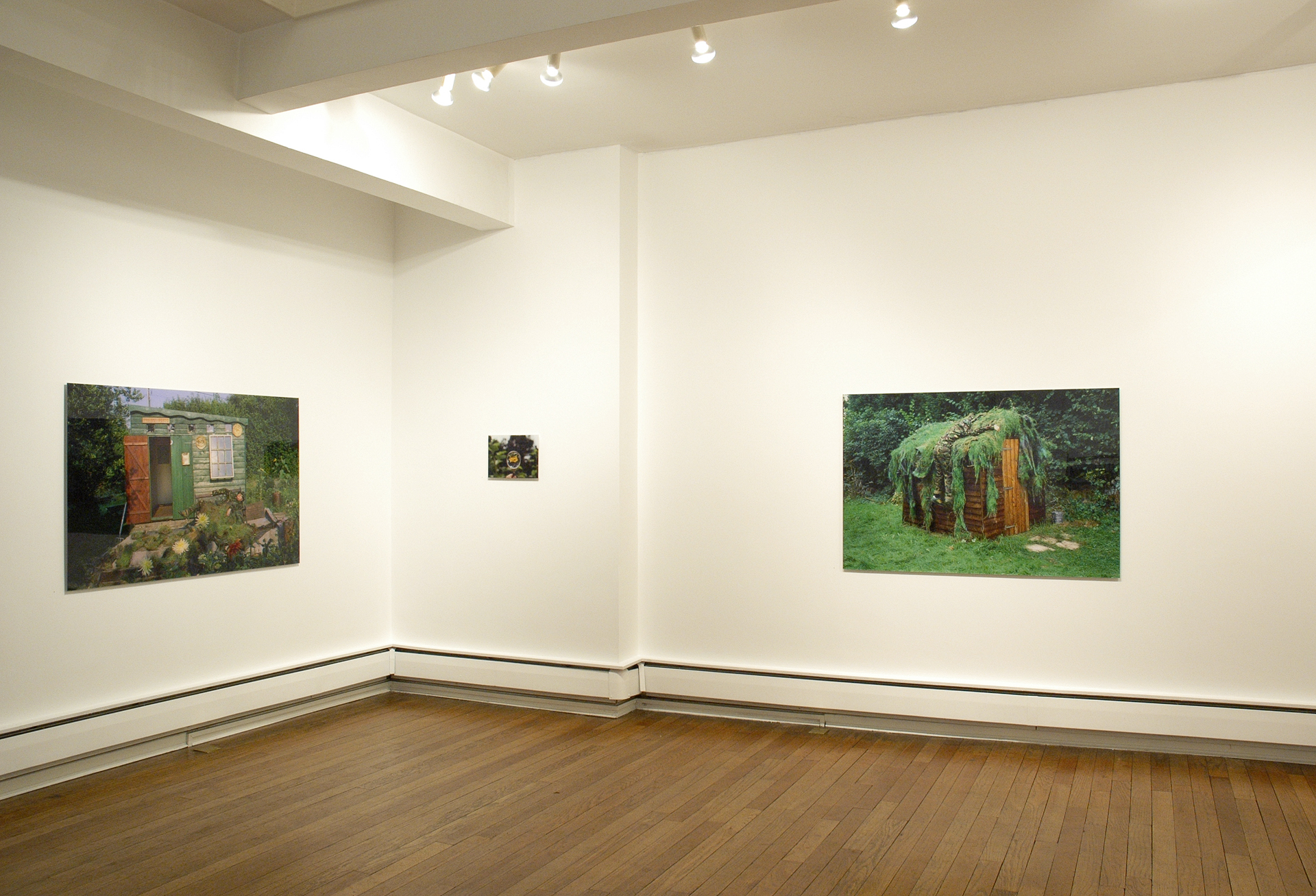























Base Camp
Base Campcontains around 80 video works that were filmed and edited between 2004 – 2010.
These films are condensed and precise and have a duration of between 10 seconds to 4 minutes. These filmic theatres of the absurd contain a delicate balance between control and chaos. The flux and flow of life as it happens unexpectedly and independently in front of the camera adds to the drama of anticipation.
It has been exhibited in numerous forms in the UK, Spain, USA, Iceland, Germany, Belgium, Portugal and the Czech Republic. This artwork is versatile and adaptable, the films are sequenced, show-reeled and installed in a manner that is relevant to the cultural context and exhibition space.
WATCH - Evolution, Revolution, 38 sec. 2004
WATCH - Timelord Explaining Uncertainty Principle to Myffin the Cat, 1.33 mins. 2005
WATCH - Eve of Destruction. 4.03 sec. 2004
WATCH - Shy Gardener II, 1.42 mins. 2004
WATCH - The Directors Chair, 1.52 mins. 2009
WATCH - Poison Petals, 1.34 mins. 2005
WATCH - Schrödinger’s Cat, 45 sec. 2004
WATCH - Walking With Light, 3 min, 2005
WATCH - Battle of the Trees, 3.08 mins. 2010
Dark Light
Houses are commodities, homes are souls. Began in 2003, this
substantive, distinct and current chapter of the Gwendraeth House
project comes under the title of Dark Light. Here, through
photography I divine the house’s interior. Its habitual space
becomes a compact manifold; it is without boundary. This stone
house is a breathing entity; light, air, décor and companionship
nourishes’ its well-being. It is a stationary stone ship, an enclosed
deep time capsule; occupying both physical and unconscious
dimensions. These latest photographs become a collaboration with
this habitual entity, allowing it to guide the manifestation of images.
Gwendraeth House as a spatial dwelling becomes an instrument of
measurement, a stone, bricks and mortar astrolabe to chart the
universal interior.
WATCH - Stray, film still, 3.01 min, 2011
Houses are commodities, homes are souls. Began in 2003, this
substantive, distinct and current chapter of the Gwendraeth House
project comes under the title of Dark Light. Here, through
photography I divine the house’s interior. Its habitual space
becomes a compact manifold; it is without boundary. This stone
house is a breathing entity; light, air, décor and companionship
nourishes’ its well-being. It is a stationary stone ship, an enclosed
deep time capsule; occupying both physical and unconscious
dimensions. These latest photographs become a collaboration with
this habitual entity, allowing it to guide the manifestation of images.
Gwendraeth House as a spatial dwelling becomes an instrument of
measurement, a stone, bricks and mortar astrolabe to chart the
universal interior.
WATCH - Stray, film still, 3.01 min, 2011













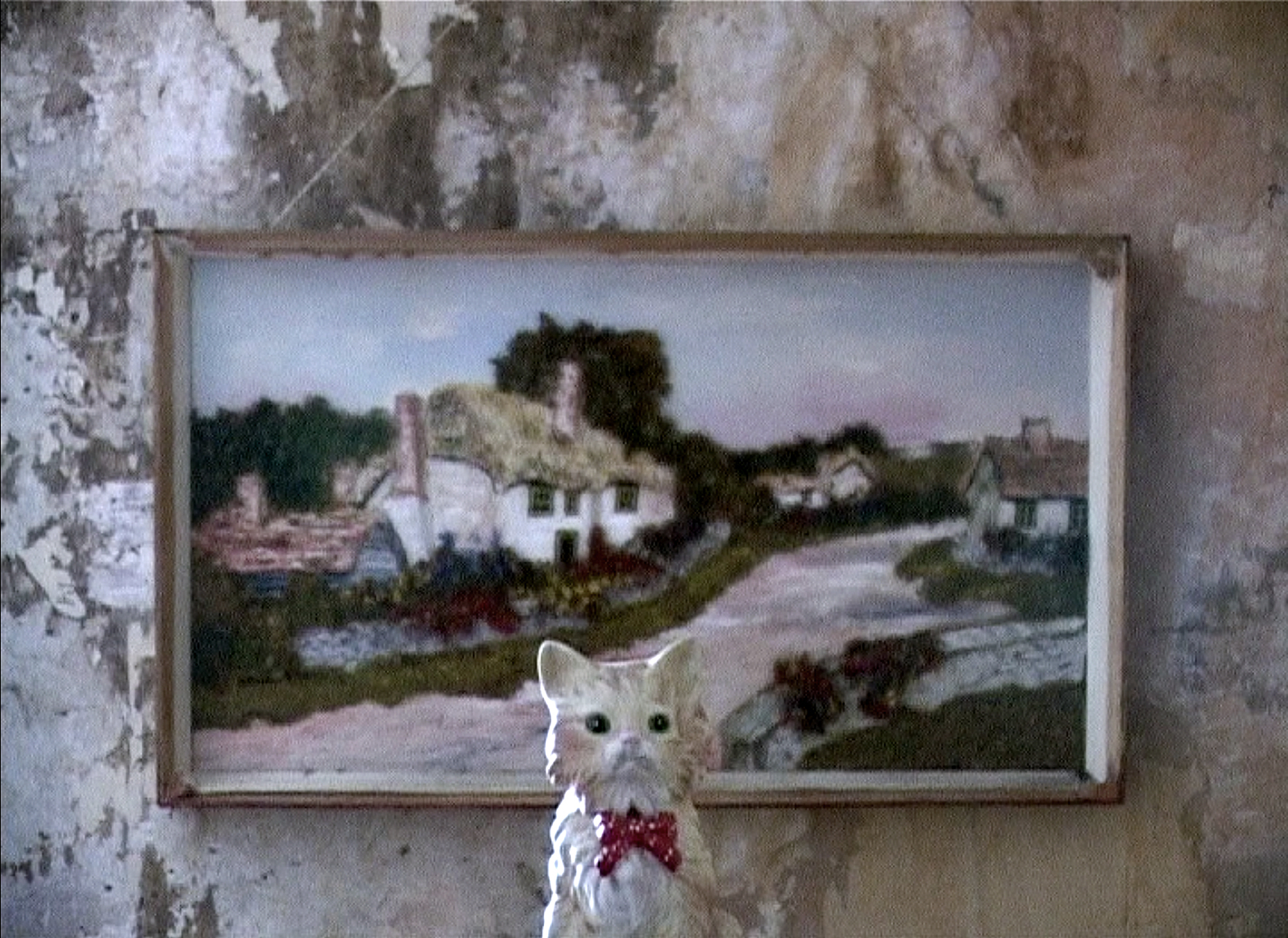
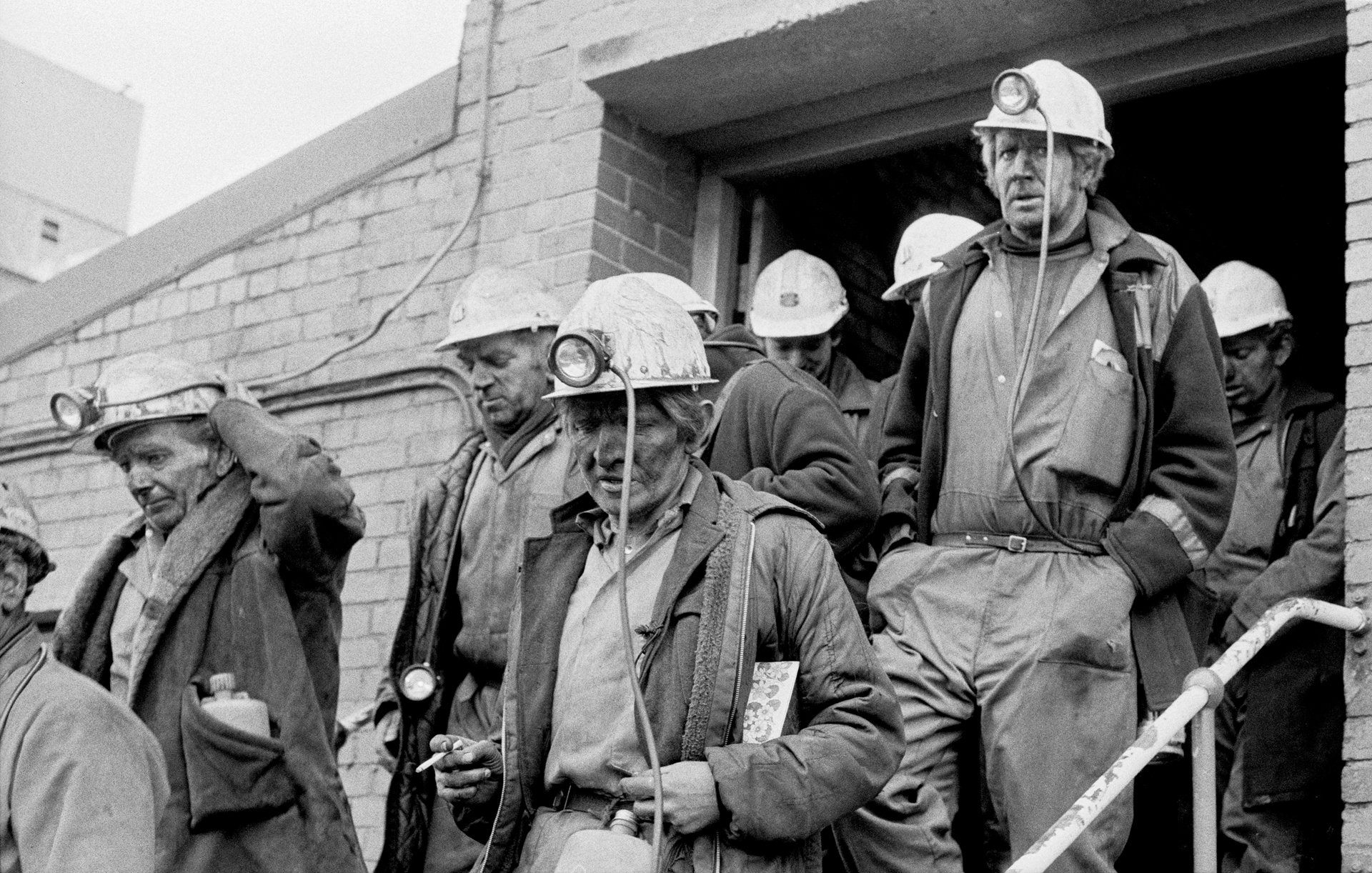









Mind Mined
Gwendraeth Fawr River, Gwendraeth Valley, Gwendraeth Colliery
Gwendraeth Valley Canal, Gwendraeth Arms, Gwendraeth House
This body of work is a holistic and fragmented series of project responses and documentation of culture around coal and the local South Wales coalfield, taken over a 30 year timespan; 1978 until the present day. All made within walking distance of my family home. This is a continually shifting landscape and social environment shaped by the carbon economy; of deep mining’ (that is underground and not visible) and shallow ‘open cast’ mining mining' (open and visible). This notion of the underground, of darkness, and the carbon compression of fossilized time and locked energy, is rhymed with, a personal and creative interaction with above ground events and phenomena. This has evolved into a ‘psychogeographic’ project, that explores, a complex of psychological, social and historical touchstones and the long tail of carbon history. These images and responses are evoked by a deep relationship and understanding of place, an immersion within Welsh social and cultural margins.
The relationship of coal culture content and approaches to its picturing, reflects my exploration into the plural, creative and material possibilities of photography, on a subject matter that is often viewed as clichéd and exhausted. I am currently working on a book form that will collect these fragmented projects into a coherent form.
Lesson 56 Wales
“A group can express what is lacking or still to come only through a redistribution of the past, from the knowledge of the past, of conditions that made it as such, a group can decide what is lacking - for instance freedom or equality”.
Lesson 56 Wales, revolves around my Grandmothers school books and explores generational narratives of identity. The artwork depicts the symbols of geographic, cultural & political assimilation, the colonisation of the mind and imagination through hegmonic narratives and perpetuation of stereotypical assumptions. The art work seeks to access and recycling the past, in order to shape the future.
WATCH - Installation, Lesson 56 – 59 Wales, 2018, film on monitor, 39 mins, National Eisteddfod of Wales, Arts Pavilion, 2018
“A group can express what is lacking or still to come only through a redistribution of the past, from the knowledge of the past, of conditions that made it as such, a group can decide what is lacking - for instance freedom or equality”.
Francoise Verges
Lesson 56 Wales, revolves around my Grandmothers school books and explores generational narratives of identity. The artwork depicts the symbols of geographic, cultural & political assimilation, the colonisation of the mind and imagination through hegmonic narratives and perpetuation of stereotypical assumptions. The art work seeks to access and recycling the past, in order to shape the future.
WATCH - Installation, Lesson 56 – 59 Wales, 2018, film on monitor, 39 mins, National Eisteddfod of Wales, Arts Pavilion, 2018







